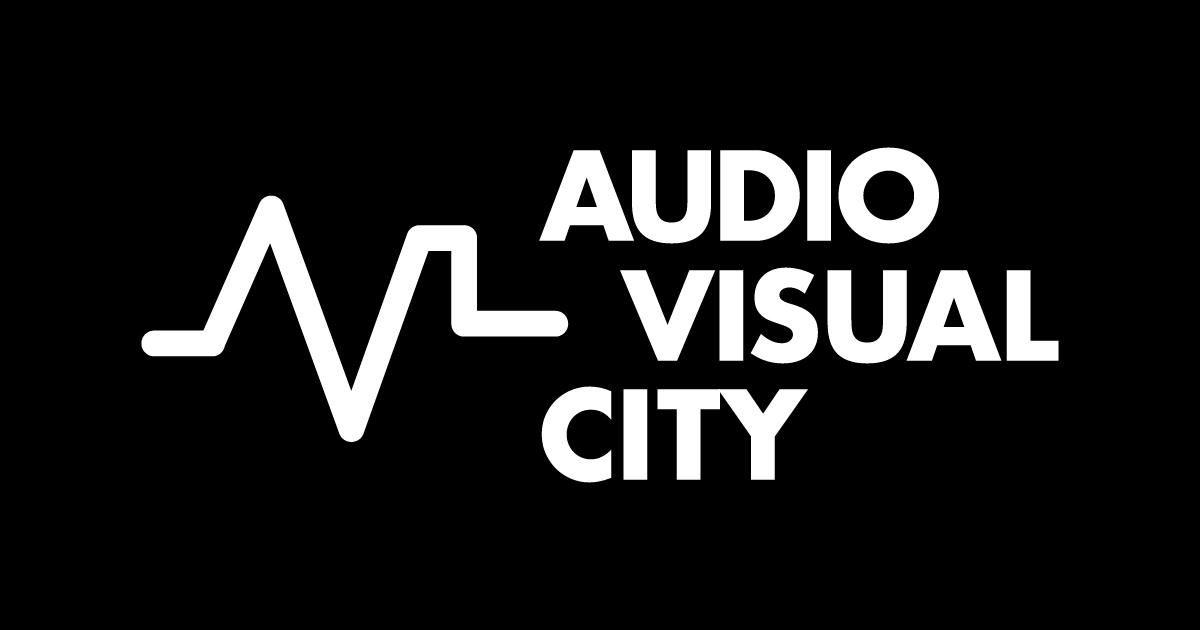Audiovisual City interviews: Post Bellum, one of the artists at SIGNAL festival.
- What is your artistic background and main inspirations in the new media art field?
I studied art and architecture at The Technical University in Liberec. Students of my generation were influenced by conceptual artist Stanislav Zippe. Maybe for this reason, I try to combine architecture and multimedia in my work. Therefore, we have established two platforms that work in synergy Kolmo.eu and Loom on the Moon.com
- What is Audiovisual to you and how do you position yourself in that culture?
We have recently worked on an audiovisual representation of historical topics for various museums and installations. We find challenging to use contemporary visual language to speak about events and moments in our distant and recent history. It is not our only focus, yet it is a territory we have been exploring for a couple years now. We do not look in the past scenes as into the hermetic events which do not have any correlation with lives we have today. We rather pick out those which do have relevance to today in our view.
- We were very impressed with the immersive use of video-mapping as a documentary tool. Can you tell us about the creative process behind Memory of the Nations?
Memory of the Nations is the organization focused on collecting of testimonies. It is a wide archive (7000 people recorded up to date) of subjective views on past events. The phenomenon of subjectivity was very attractive to us as it’s in contradiction with mainstream explanation of history. We, in collaboration with Pink productions (coauthors of the exhibition), have tried to avoid black and white viewpoint, therefore, we have focused on situations in which the human rights or human dignity were most violated. In those darkest places we could find bravery, humanity, and characters with strong moral principles.
We feel that everyone is tired by straightforward information oriented rhetoric, for that reason we have split the installation into two main parts. Almost like the two halves of the brain, one-half emotional and subconscious and the other narrative and rational.
It was challenging to cover such a long historical period of 100 years so we highlighted two totalitarian periods our nation underwent during this time. It is important for us to keep these past atrophies on the display so the public could be on guard when politics start to go wrong. Somehow the recent rise of populists and post fact demagogues in the world makes us believe that such an ambition is more relevant than ever.
- Audiovisual culture is progressively becoming more prominent and known in the Czech Republic and Prague. What’s your opinion about the Czech AV scene nowadays also regarding public and private support to artists and events?
When I returned back to the Czech Republic from Netherlands where I had lived for 5 years, I noticed that Prague scene around film, animation, and multimedia is full of skilled people who were great to work with. For that reason, I have been trying to promote this field abroad. It is fun to work with these people on some projects in Singapore or Hong Kong or elsewhere and bring our sensitivity, skills, and improvisation to the table.


